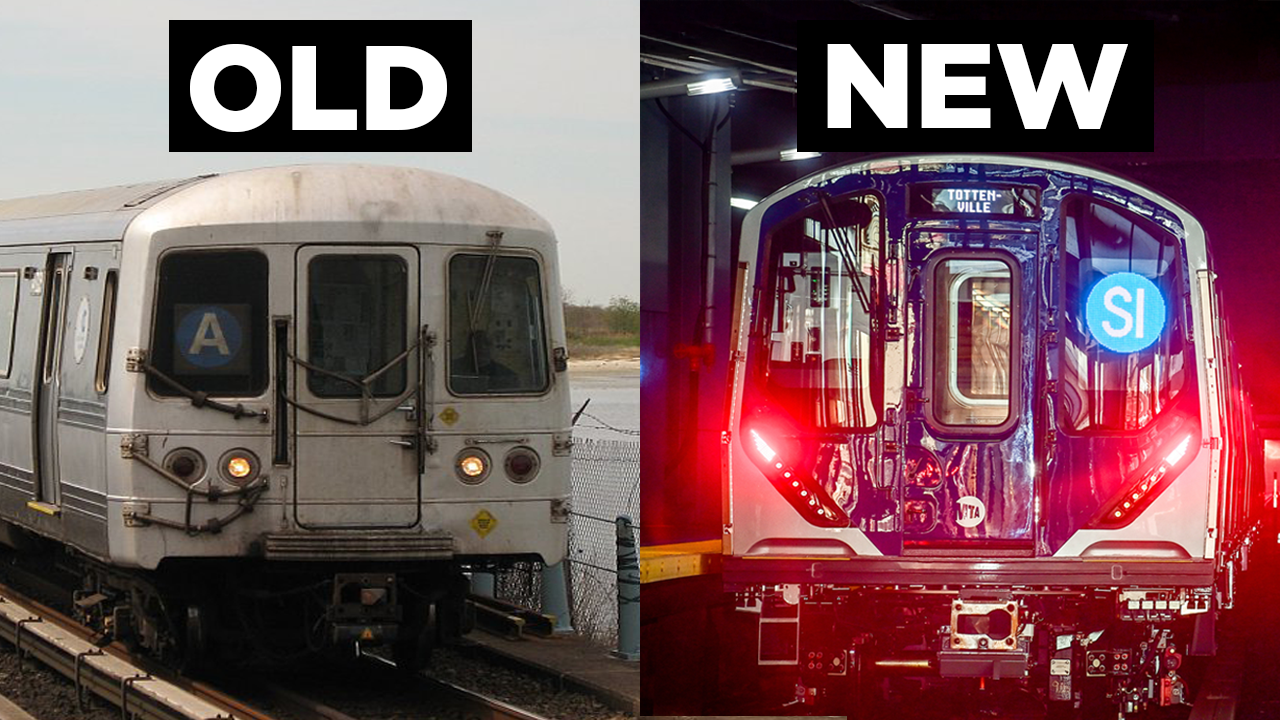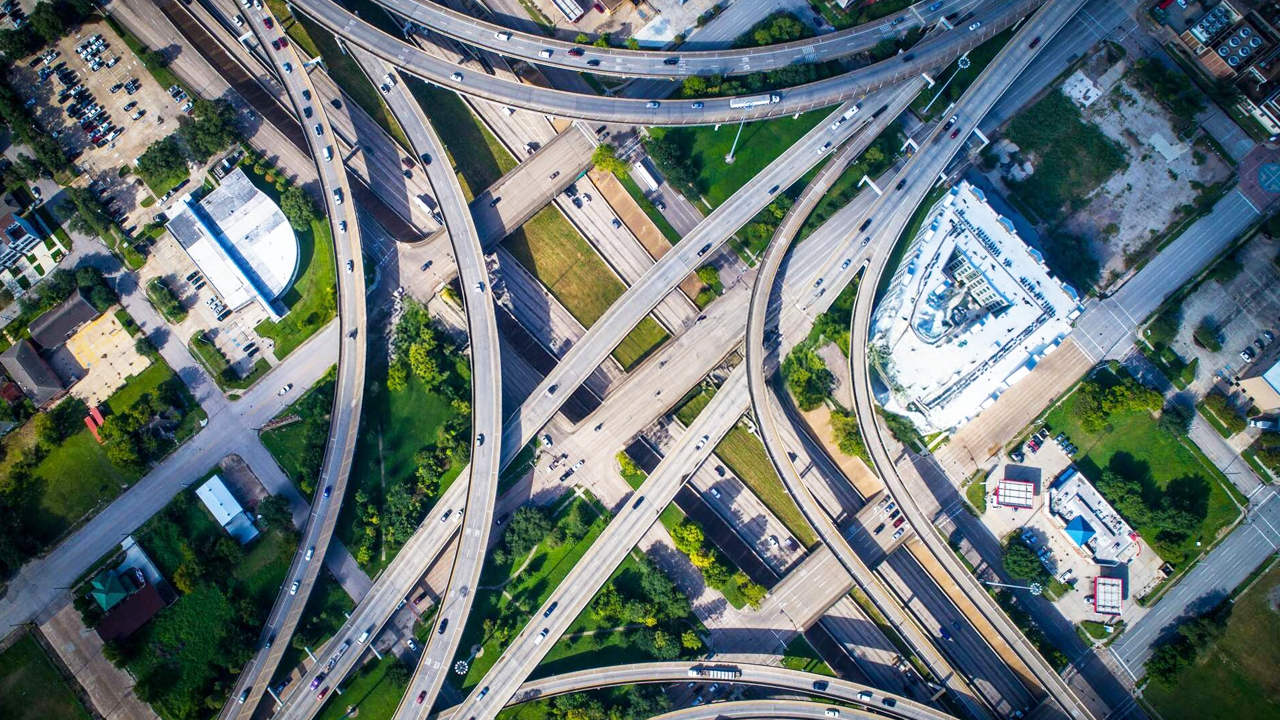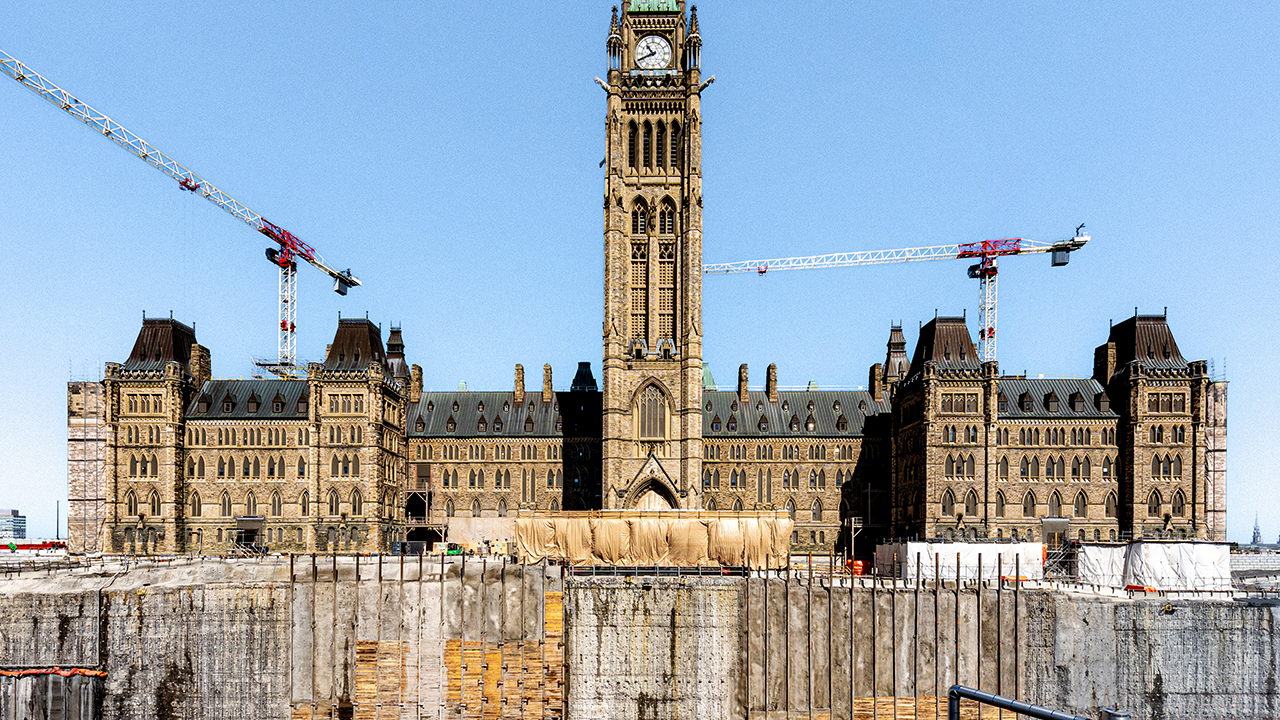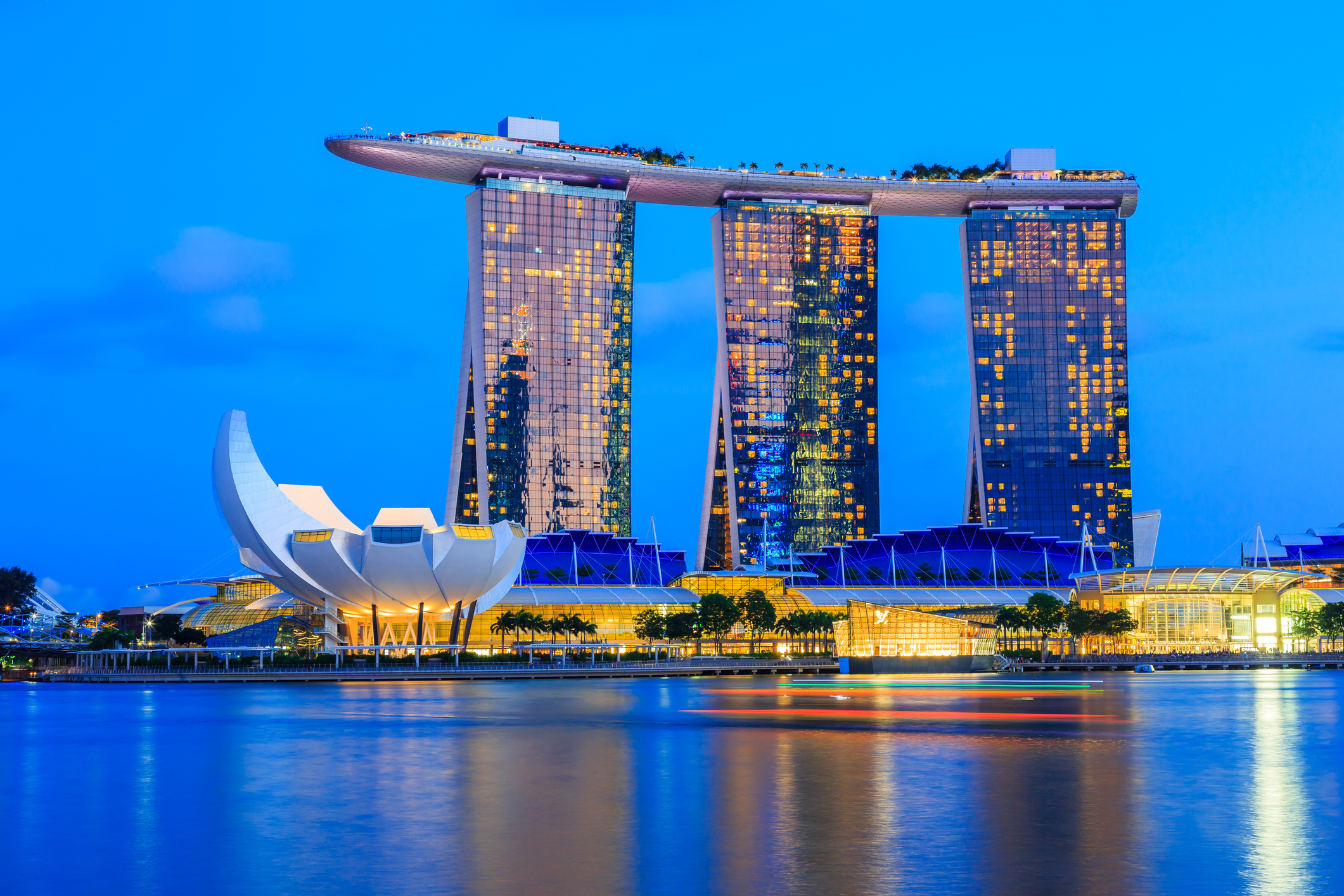Why India's Bullet Train Project is So Slow
- Youtube Views 1,424,184 VIDEO VIEWS
Video narrated by Fred Mills. This video and article contain paid promotion for Bluebeam.
THE railways of India. They’re big and they’re busy — very busy — but in a country with the fastest-growing major economy, the rail network hasn’t really kept up the pace. Or at least not yet.
Most of the time trains are slow, overcrowded, old and uncomfortable. Meanwhile, in other nearby nations, passengers shoot along on shiny high-speed lines, and have done for years.
Which is why India is now looking to join them with its very own bullet train — modelled on Japan’s iconic system, and already well under construction.
From soaring elevated viaducts to deep undersea tunnels it’s an immense engineering challenge that could help propel the country to a global superpower. And with a nationwide network set to follow, it’s only the beginning.
But in the wake of some serious incidents on the existing railway, and setbacks on this new one, is it really what India needs right now, or does it have bigger priorities?

Above: India's first high-speed line will use Japanese Shinkansen trains. Image courtesy of National High Speed Rail Corporation Limited (NHSRCL).
First built over 160 years ago, India has one of the oldest rail networks on the planet.
But travelling by train here can be risky, despite some recent improvements. Tens of thousands of people are killed in railway-related accidents every year on average, which continue to make global headlines.
In June 2023, India experienced one of the worst train disasters in its history. A signalling failure in the state of Odisha caused three trains to collide and derail.
Hundreds of people were killed, with over 1,000 injured, and it led to serious questions once again about the safety of India’s sprawling, and ageing, railway infrastructure.

Above: India has the fourth largest rail network in the world, with a total route length of nearly 70,000km.
India's rail network is used to move over a billion tonnes of freight, and more than eight billion passengers, across the world’s most populous country.
Yes, you read that right — India has now officially overtaken China as the nation with the most people.
But it can be a nightmare to get around, and not just by train. If you want to travel by road instead, there’s the country’s legendary traffic to contend with.
Many have now resorted to taking domestic flights, but for the millions who don’t have that as an option, the railways remain the lifeline of the nation.
“Given the reliance that people of India have on railways despite the fact that we have an immensely expanding aviation market as well, the railway continues to dominate over certain segments of the society, which makes it more important for the government to look into developing and expanding the railway infrastructure,” Chitresh Shrivastva said. He's a senior non-resident fellow and expert in railways and critical transport infrastructure at Global Policy Insights in New Delhi.
India is now looking to do just that — transform its rail network from somewhat inadequate to state-of-the-art as soon as possible, and it's already made a big start.

Above: Work is well underway on India's first high-speed rail system — one that it hopes will eventually connect all of India’s major cities. Image courtesy of National High Speed Rail Corporation Limited (NHSRCL).
For now, there’s just a single line under construction along the country’s western edge, but this one route alone is throwing up some immense challenges.
Linking Mumbai and Ahmedabad — both massive economic and industrial hubs — the new railway comes in at just over 500km long, and there are 12 stations being built.
Driving between these cities takes about nine hours — without traffic — compared to six hours on the existing railway.
With a top speed of about 200mph — over twice as quick as India’s current fastest — the trains on the new line will cut that journey time to around two hours.

Above: The new railway promises significant time savings compared to current travel options.
When we say state-of-the-art we really do mean it. Passengers will ride on Shinkansen trains — the same models used on Japan’s famous rail network. Other parts of the system — like signalling — will be Japanese too.
In fact, there’s more — Japan is helping train Indian workers and is providing a large chunk of the funding too.
Since 2017, Japan has supplied loans that come to 650BN Yen — over USD $4.5BN. All in all, it’s not a bad partner to have.
“Their extensive knowledge in this area is what makes them a beneficial partner for this very important and critical infrastructure project,” Shrivastva explained.
“Because at the end of the day, you need to have someone who can guide you in the right direction rather than having someone who can only monetarily benefit you in projects.”
India doesn’t just want to upgrade its railways to much newer, quicker and safer trains; it’s also on a quest to become a fully developed nation and, eventually, a global superpower.

Above: Having a high-speed rail network makes it much easier to move people and goods between a country’s key cities and regions.
So, how is this new railway actually been built, particularly when one end of the line is a huge, densely populated city of over 20 million people?
Well, about 92% of the track will be elevated on viaducts and bridges, which is key. It means the line can be built over rivers and existing infrastructure, the environmental impact is reduced and, in theory, it’s easier to acquire land for the railway too.
But not all of it is that simple. Perhaps the biggest engineering challenge is posed by Thane Creek, a large inlet just east of Mumbai. It’s the only section on the entire route where a large body of water gets in the way.
Instead of continuing to build high above the surface, it was decided that the best way to avoid this particular obstacle was to go underground.
The result will be the first undersea rail tunnel in the whole of India — 7km long, with the whole subterranean section measuring 21km overall.
It’ll be a single tube but with enough space for two trains — one in each direction — which is why it needs to have a 13-metre diameter. That’s pretty big.

Above: A map showing where the new tunnel is set to be constructed beneath Thane Creek.
Most of it will be dug by tunnel boring machines, except for one 5km stretch built using the New Austrian Tunneling Method.
In very simple terms, a tunnel is first excavated using drilling and blasting before ground supports and reinforcements are added, followed by a concrete shell on top of a waterproof lining. It’s ideal for shorter tunnel runs in varying ground conditions.
Construction on the project is now over 30% complete, but it’s not going to be finished until at least 2028. That’s far from the original plan though, which had a 2022 completion date.
What went wrong, then? For one thing, sticking most of the track up on piers has helped to speed up land acquisition — which is always a challenge when building railways — but it hasn’t completely solved the problem.
In early 2022, nearly all of the land in the state of Gujarat had been acquired by the government organisation delivering the project.
But further down in the state of Maharashtra, it was only 75%. That was largely due to legal disputes with landowners.
Today, the overall figure for both regions is almost 100%, but it’s taken a lot longer to get to this stage than it was meant to.

Above: Work has progressed in the state of Gujarat more smoothly than in Maharashtra. Image courtesy of National High Speed Rail Corporation Limited (NHSRCL).
Another problem for the project was a change of government in Maharashtra, which saw an anti-bullet train coalition come into power, albeit temporarily.
“We did have a government which looked at other projects which it felt were more beneficial to a larger population than the bullet train project,” Shrivastva said.
“Their questioning was that a capitalistic project like a bullet train will have lesser beneficiaries compared to the conventional railway projects.”
And even though that government was replaced by a party that favours the bullet train, the debate about whether it’s really right for everyone hasn’t gone away.
Even when it is finished it’s going to have to be extremely popular with passengers in order to recoup the money invested in it.
According to one estimate, that would mean 50 million people using the new line every year.
There’s also the question of whether the people in charge have got their priorities right.
Should India really be focusing its efforts on a brand-new high-speed railway when there are clearly major problems with the current infrastructure?
The national government thinks so. Its plan is for this to be just the start of a nationwide network.
Feasibility studies have already been carried out on several more potential routes linking India’s other major cities.

Above: Other routes planned for the high-speed network include Mumbai to New Delhi, Mumbai to Chennai and New Delhi to Kolkata.
It’s an exciting prospect, but when progress has been anything but high-speed, the people of India are probably not getting too carried away just yet.
And yet, as we’ve seen before, the power of this type of infrastructure is huge; others have used it to fuel economic growth and reach the next level of their development.
With this new railway, India is on the brink of following in their footsteps, but there’s still a long way to go.
This video was powered by Bluebeam. Read about how California intends to be a role model for the rest of the United States with its own high-speed railway here.
Additional footage and imagery courtesy of National High Speed Rail Corporation Limited (NHSRCL), Japan International Cooperation Agency, Al Jazeera, CBS Mornings, CNN, DW News, Herrenknecht AG, Jay Baid, Megha Engineering & Infrastructures Limited, Municipal Corporation Greater Mumbai, NewsX, PERI SE / Mike Wolfsteiner, Soumith Soman and Vinod Sharma.
We welcome you sharing our content to inspire others but please be nice and play by our rules.








